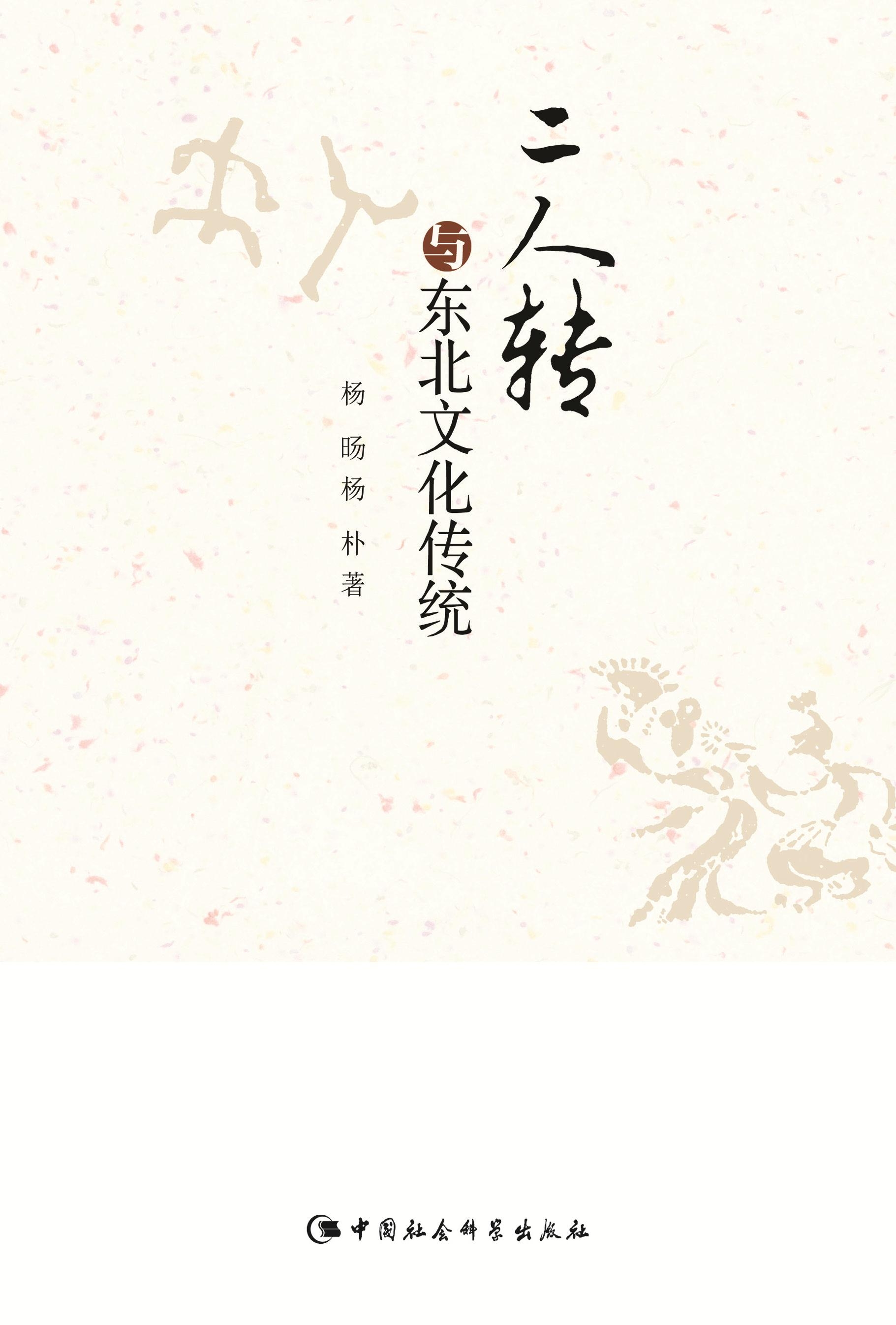内容简介
作者简介
目录
This dissertation focuses on Kunqu of how to develop and spread in North China,and what changes to happen and why from Ming dynasty to present.Kunqu originated from kunshan aria,which was very popular in Suzhou atmid-Ming.This aria was also called‘Kunqu’,which was a mixture of south aria and north aria.With the Ming's capital'smoving from Nanjing to Peking,the political and cultural significance went to north China.Kunqu also went into Peking,spreading by performance in palace,theatre and at home.The economic blooming in Peking also contributed to the flowering of Kunqu.From end of Ming to Mid-Qing,Kunqu in north China experienced a flourishing daysmarked by editing of palace plays,increasing of home drama troupe(or lompany) and professional drama troupe,and giving birth of famous classic works,such as Changsheng Dian(Long-live Palace),and Taohua Shan(PeachFlowerFan),while there existed imbalance of developing and spreading of Kunqu in north China.Atend of Ming,Kunqu was very popular in Beijing,also in Tianjin,Hebei,and Shanxi,while there weren't literary record of performance of Kunqu in the other areas in history until Qing dynasty.There were frequent performance of Kunqu in Beijing,Tianjin and Shanxi,also in Liaoning,inner Mongolia,Ningxia,Gansu,also in Xinjiang.Therefore these performances contributed to the extending of Kunqu.But at end of Qing and beginning of Minguo(Republic of China),Kunqu existedmainly by zheziplay(excerpts),and performance in king palace and rural areas in Hebei.Drama troupes of Kunqu were nearly to disappear before liberation.New China's governmentgave reform and alteration to folk drama in 1950s and in 1960s in order to adapt them to ideology.Themain policies towards folk dramamarked by Three Reform(reform of play,reform of player and reform of institution) in 1950s,and Three Coexisting(modern play,traditional play,and new editing play).The political effect on Kunqu at these two ageswas characterized by Shiwu guan(Fifteen guan) of1950s,which gave birth to Kunqu again,and Li Huiniang(Miss Lee) of 1960s,which brought a doom to The North Kunqu and Theatre after giving ephemeral glory to her.Li Huiniang was one of the fuse of causing ten years’‘Wen ger’(Cultural Revolution).The ten years’Cultural Revolution put forward the politicalization of art to the extreme point under the direction of the‘extreme Left’policies,and clamped down all theatres and coupes of Kunqu.Since 1979,Kunqu was given rebirth by government. Key words:art extending;art change;drama art;northern Kunqu;Kunqu
全部显示∨
朱俊玲、女,中国戏曲学院副教授,兰州大学汉语言文学系获文学学士学位,中央民族大学汉语文学系古典文学专业获文学硕士学位,中国艺术研究院戏剧戏曲学专业获文学博士学位。北京市中青年骨干教师,美国哥伦比亚大学东亚所访问学者。研究方向戏曲史论,代表著作北京市精品教材《中国戏曲艺术思想史》(与人合著),发表论文若千篇。参加国家十二物规划艺术学重点科研项目《昆曲艺术大典》、北京市重点科研项目《戏曲教育文献资料汇编》、国家社科基金艺术学重大项目《戏曲艺术当代发展路经研究》,主持北京市科研项目《近代戏曲教育研究》。
全部显示∨
引言
第一章 昆曲在北方的初步发展第一节 昆曲的产生及其特点一 昆曲的产生:从昆山腔到昆曲
二 早期昆曲的特点
第二节 昆曲入京:政治文化中心的北移与昆曲自身的发展
第二章 昆曲在北方的兴盛第一节 北京昆曲剧坛的创作与演出一 昆曲的全盛时期:历史机遇与人文基础的结合
二 昆曲兴盛时期的代表作:《长生殿》与《桃花扇》
第二节 宫廷大戏的编纂与演出
第三节 北方家庭戏班、职业戏班的兴盛
第四节 昆曲在北方地区的流传与发展
第三章 昆曲的衰落及其在北方的延续第一节 诸腔杂陈与昆曲的衰微一 民间:诸腔杂陈
二 官方:贬抑花部
三 世俗化的花部博弈雅化的昆腔
第二节 折子戏演出的兴盛一 昆曲的世俗化:从全本戏到折子戏
二 折子戏兴起的标志:剧本集录的刊印
第三节 王府昆弋班和河北农村昆弋班延承昆曲一 京城清王府昆弋班
二 昆弋腔在河北农村的流传
三 民国初年昆曲演出的代表人物:梅兰芳
第四节 荣庆社等昆弋社延续昆曲余脉
第五节 昆曲对京剧及北方其他剧种的影响
第四章 新中国成立后昆曲在北方的发展第一节 近代中国戏曲变迁——中外戏剧文化的交流和碰撞
第二节 20世纪50年代中国戏曲改革一 改戏、改人、改制
二 戏改的主要成绩:全国戏曲会演和昆曲会演
三 《十五贯》——“一出戏救活一个剧种”
第三节 北方昆曲发展史上的里程碑:北方昆曲剧院的成立一 人才、组织与理论准备
二 北方昆曲剧院的建立与意义
第四节 “文革”前北方昆曲剧院的发展一 薪火相传:对传统剧目的挖掘与传承
二 “三并举”:传统戏、现代戏、新编历史剧
三 创新:对现代戏的探索(一)现代戏探索的历史背景
(二)现代戏的创新实践:《红霞》
(三)从“三并举”到唯“现代戏”独尊:《奇袭白虎团》
(四)思索:北昆现代戏探索
四 《李慧娘》——一出戏带给昆曲和北方昆曲剧院的厄运
第五节 新时期以来北方昆曲剧院的成就一 新时期以来北方昆曲剧院的艺术成就(一)文艺界拨乱反正
(二)恢复和发展——拨乱反正以后的北方昆曲剧院
(三) 20世纪80年代末昆曲困境中求生存
(四)困境后的新发展
(五)昆曲艺术薪火相传
二 昆曲《红楼梦》:北方昆曲剧院新的里程碑
三 北方昆曲剧院的新成就
第六节 北方曲社、院校等对北方昆曲流传的贡献一 北方曲社
二 北方戏曲院校昆曲专业的设立
三 中国昆剧研究会的贡献
第五章 北方昆曲的艺术风格及与南方昆曲的交流第一节 北方昆曲的艺术风格一 表演风格
二 音乐风格
第二节 南北方昆曲界的交流









